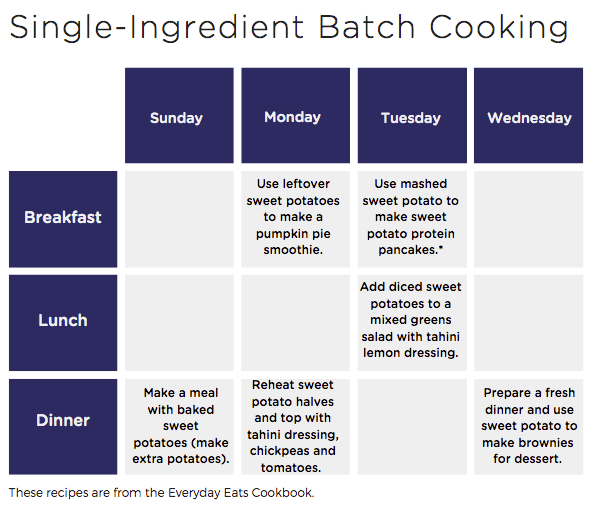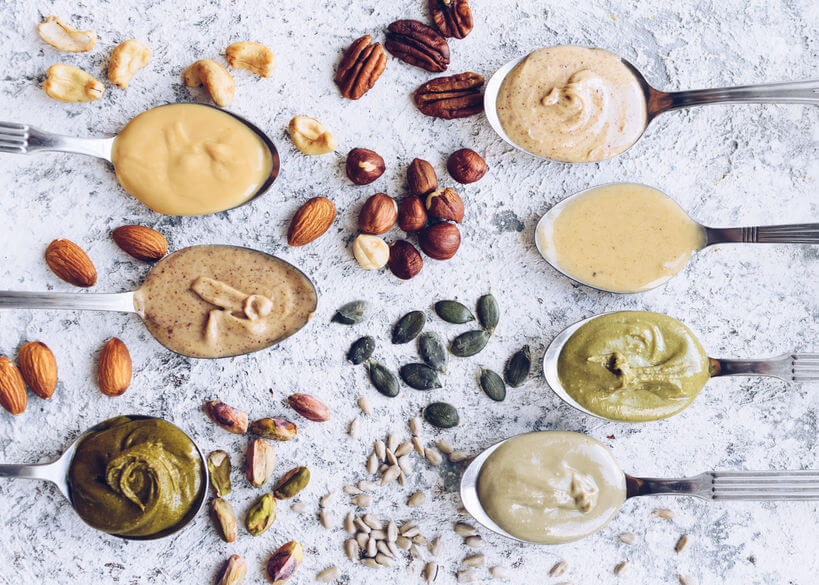Ok my fellow ambitious achievers, let’s get real for a minute. Do you ever feel like all the striving to be better is actually weighing you down?
Aspiring to be a better version of yourself than you were yesterday can be motivating. But sometimes personal development can leave you feeling like you constantly need to improve. Which, instead of creating more possibilities for you, can make you self-critical because if you have all this improving to do, you mustn’t be very good to start with. Hmm…
What does being hard on yourself look like?
It shows up in different ways for each of us but some common ways to know you’re being hard on yourself are:
- Thinking “I should have done that better”
- Ruminating thought loops of what you could have said/done differently
- Telling yourself you should or you have to…
- All or nothing thinking aimed at convincing you to do or be something that feels off to you
- Expecting perfection (e.g. Thinking you should have the same skill level as someone with years of experience)
It can also show up as anxiety. Thinking about the past/future can build up anxious tension in the body because you want to do something about your thoughts but you can’t. It isn’t possible to do anything about what you’re thinking about (because it’s done, or hasn’t happened yet) so your energy has nowhere to go.
The people who are hardest on themselves are often the achievers who seem to have the most outward success. If you’re used to being praised for your skills it can be hard to accept that you won’t be awesome at everything right off the bat.
This can also be hard on the ego because you’re used to framing yourself as one of the best. It can be hard to wrap your mind around being a beginner without thought loops coming in that say you “should be better at this.”
But where do these ideas of who we are and how we should operate come from?
Examining Expectations
As we move through life we unconsciously set expectations for ourselves. Often not knowing where they originated from. We pick up ideas throughout our lives from things we see, from other people and from experiences we have, and we accept them as truth.
Evidence of expectations are thoughts like:
- It should be done this way
- A good Mother does x,y,z.
- The house needs to be ____.
We associate these behaviours with who we want to be, or the life we want to have. Then try to work them like a math equation; If I do x I’ll have y outcome. But it doesn’t work that way.
We use these expectations to live up to the life we want and to compete with others. Sometimes we even compete with our past selves and create pressure to keep up with what we’ve always done.
My client Kim is a great example. For years, she’s thrown elaborate family holiday parties that take days for her to prepare. She’s known for her beautiful table set ups and decorations. For the past 6 years, her holiday parties have become more elaborate as she tries to outdo herself from the year before.
In our coaching session, she admitted that she loves the holidays, but feels so much stress and pressure about preparing. She wants to make the holidays special for her kids and is worried that she’ll let them down. Or that if she stops trying to outdo herself that it’s a sign she’s getting older and losing her touch. She’s kept up the elaborate tradition because she feels pressured to, but it’s stopped feeling inspiring to her.
Kim’s example shows what many of us experience in one area or another. We set high expectations of ourselves and push ourselves to meet that standard with a story that we’ll be letting other people down if we don’t.
We created the rules and we mentally crack the whip telling ourselves it’s in service to the people we love. Yet when we’re really honest with ourselves, no one is holding us up to these expectations. It’s us.
Discovering Expectations
We hold tight to our standards because they’re the container we’ve built to measure our worth. Ideas like “if you don’t have dinner on the table by 6 pm every night, you’re not a good mother” are intertwined with our worth, so they’re difficult to let go of.
It’s not until we examine these beliefs and question their validity do we begin to have a chance to let go of them.
Here are three questions I use with my coaching clients. Ask yourself these in the moment when you’re feeling the should come on because of an expectation:
- Who says? (does this expectation come from you or someone else)
- If I let go of this expectation, will it hurt anybody?
- Can I see a stress-free reason to keep this rule?
The idea here is to examine your expectation to determine if you’re the one creating the standard. If it’s up to you, and it isn’t hurting anyone, you can relax your expectations and feel just as good about yourself.
Often high expectations are driven by the ego’s idea of who you are. But the ego isn’t who you are. The next time you’re feeling stressed about your own personal expectations, remember that no matter what you do or don’t achieve, you are whole and complete exactly the way you are.
Need some help breaking free from expectations? Book your Body Love Breakthrough Call to talk it out. You’ll leave with clarity around the root of your thought patterns and what to do about them.







